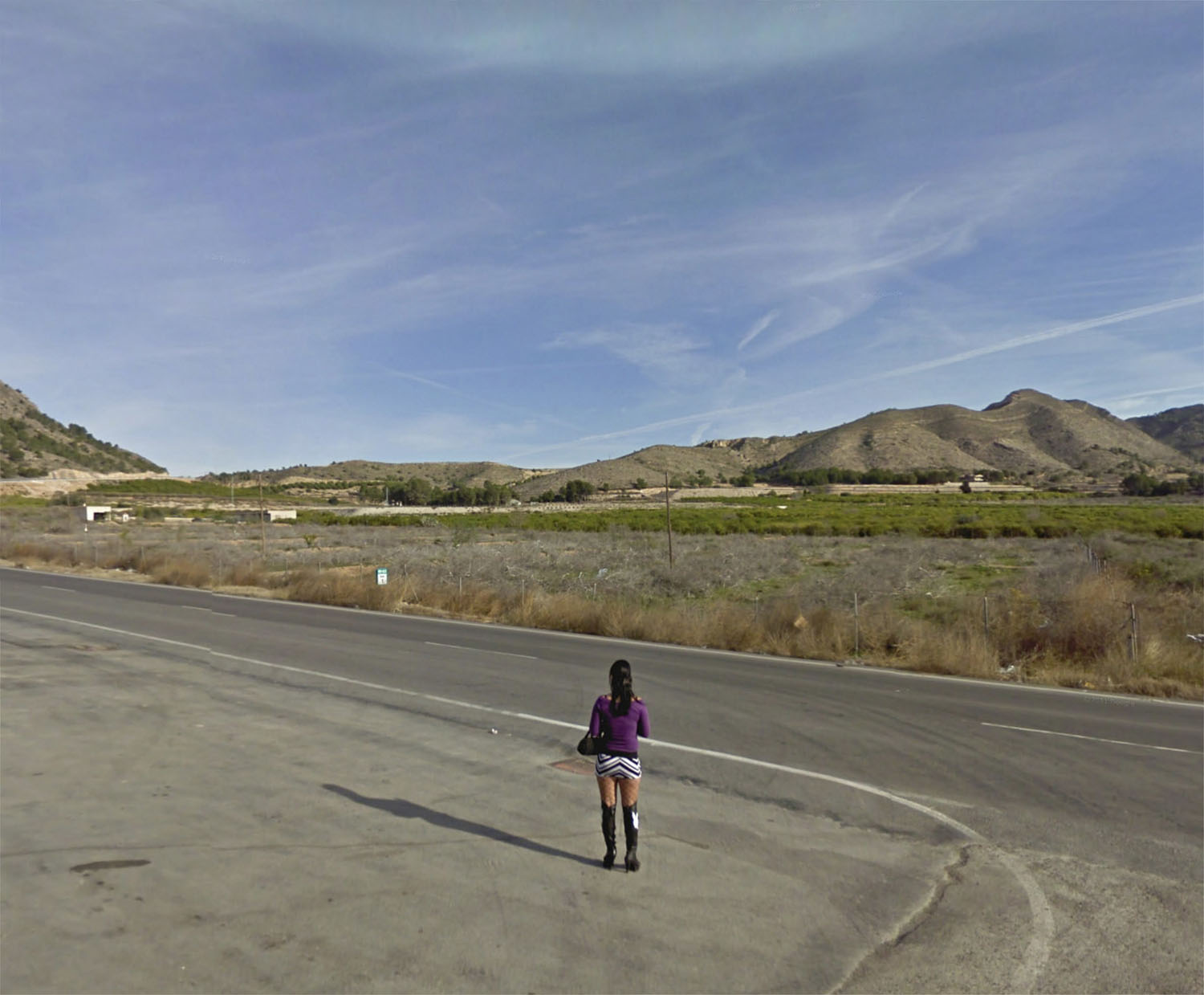
Carretera de Fortuna, Murcia, Spain
No Man’s Land
2011–13
No Man's Land represents isolated women occupying the margins of southern European environments, shot entirely with Google Street View.
“Henner’s photographs articulate a very subtle but persuasive challenge to the manner in which we all become ‘resources’ to capital in the contemporary world, what the philosopher Martin Heidegger called a ‘standing reserve’: how, ultimately, we are all merely data to be processed and presented and somehow used. The prostitute, then, is simply presented as an instance of an ‘ideal subject’, as indeed she has been throughout the history of modern capitalism: simultaneously a small entrepreneur who is also her own product, and necessarily a consumer too. No Man’s Land, seen through this lens, is a layer on the map of technological capitalism, a cartography of its reach and its complex interconnections.” — Daniel Jewsbury, Source
Archival pigment prints, billboard prints
Single-channel video (06:48 mins) & audio track (21:00 mins)
20x24 inches (51x61cm) / 46.9x 39 inches (119x99cm) / 97x118 inches (248x300cm)
Softcover print-on-demand books, 8×10 inches (20×25 cm), 120 pages
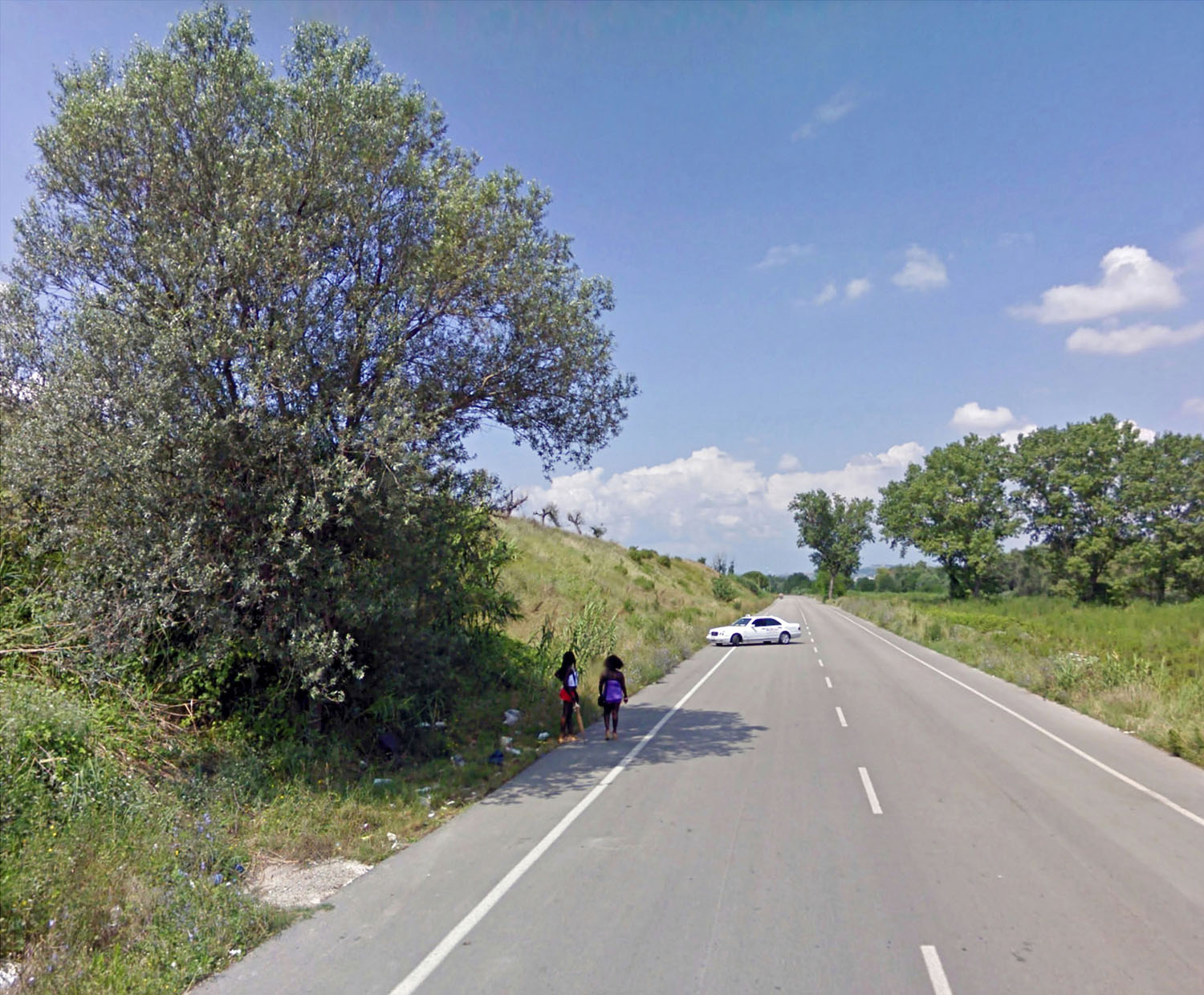
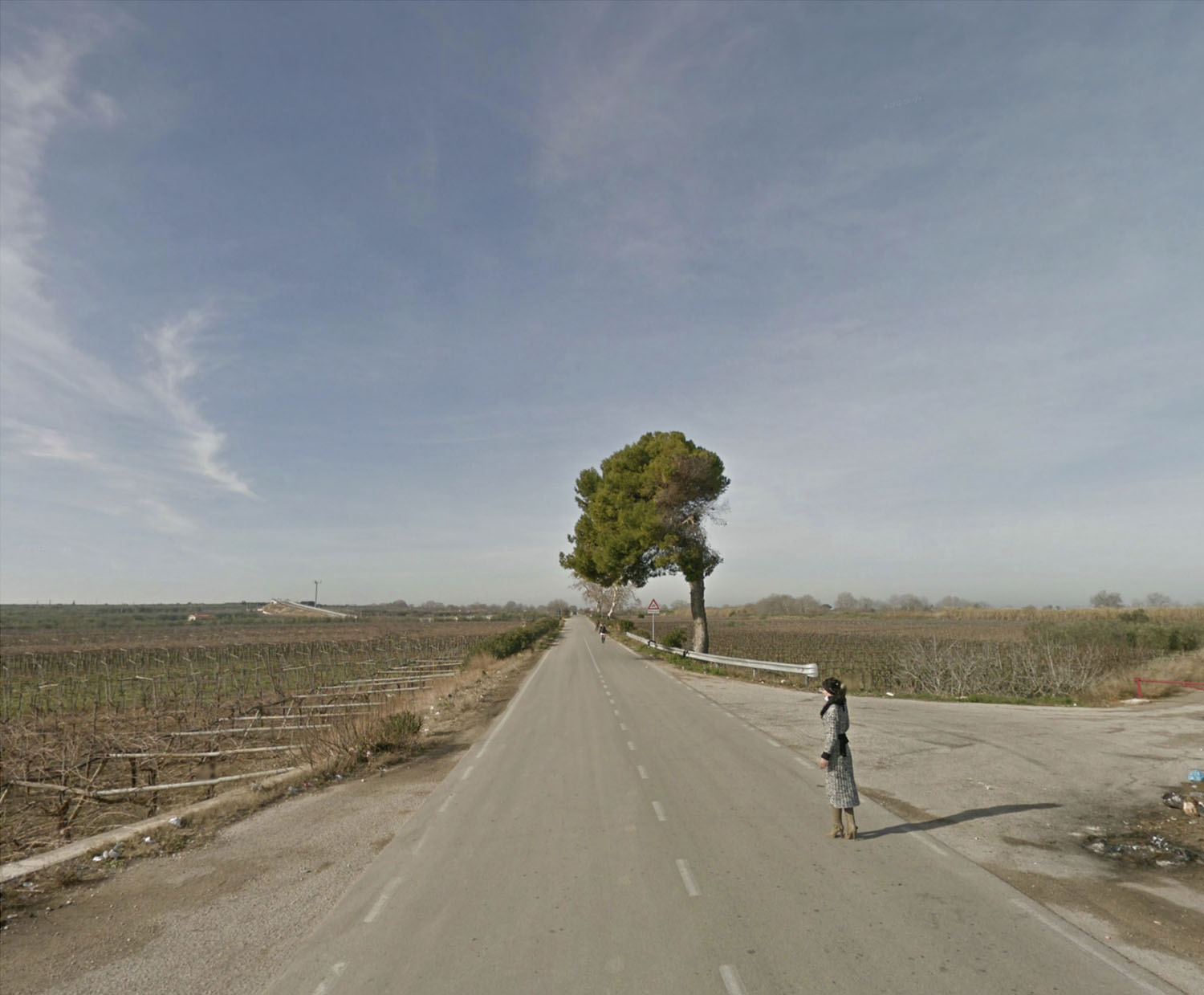


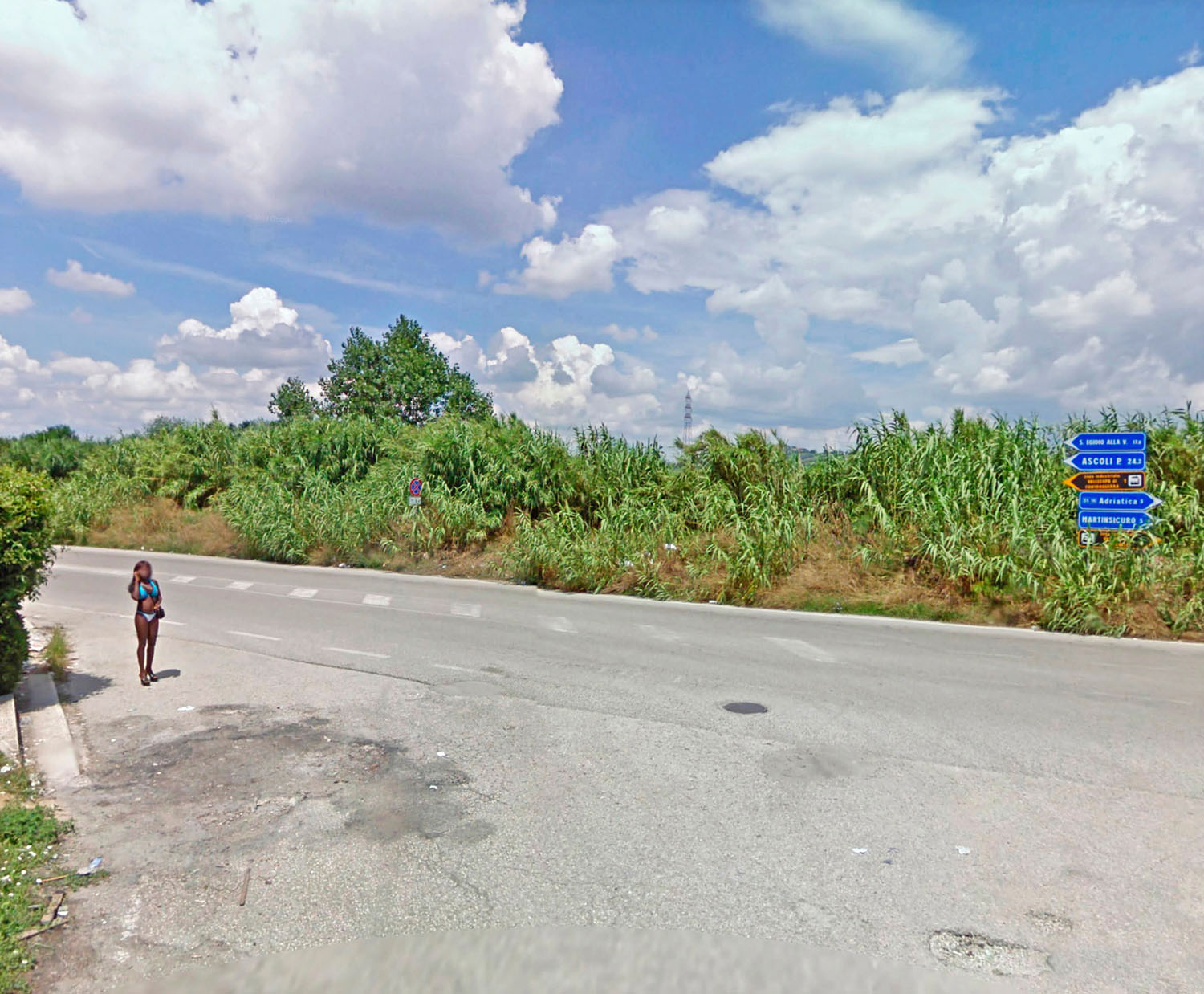
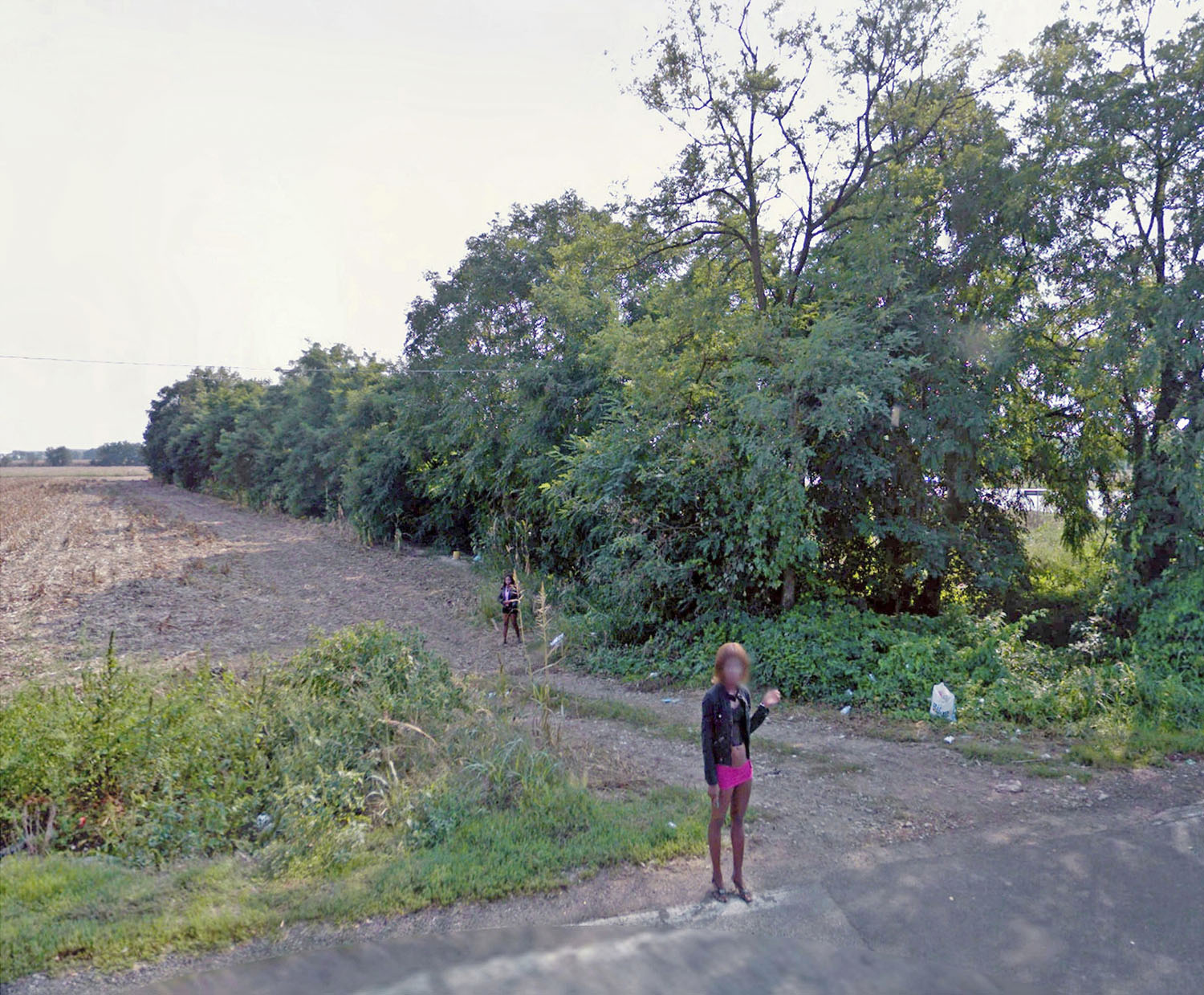
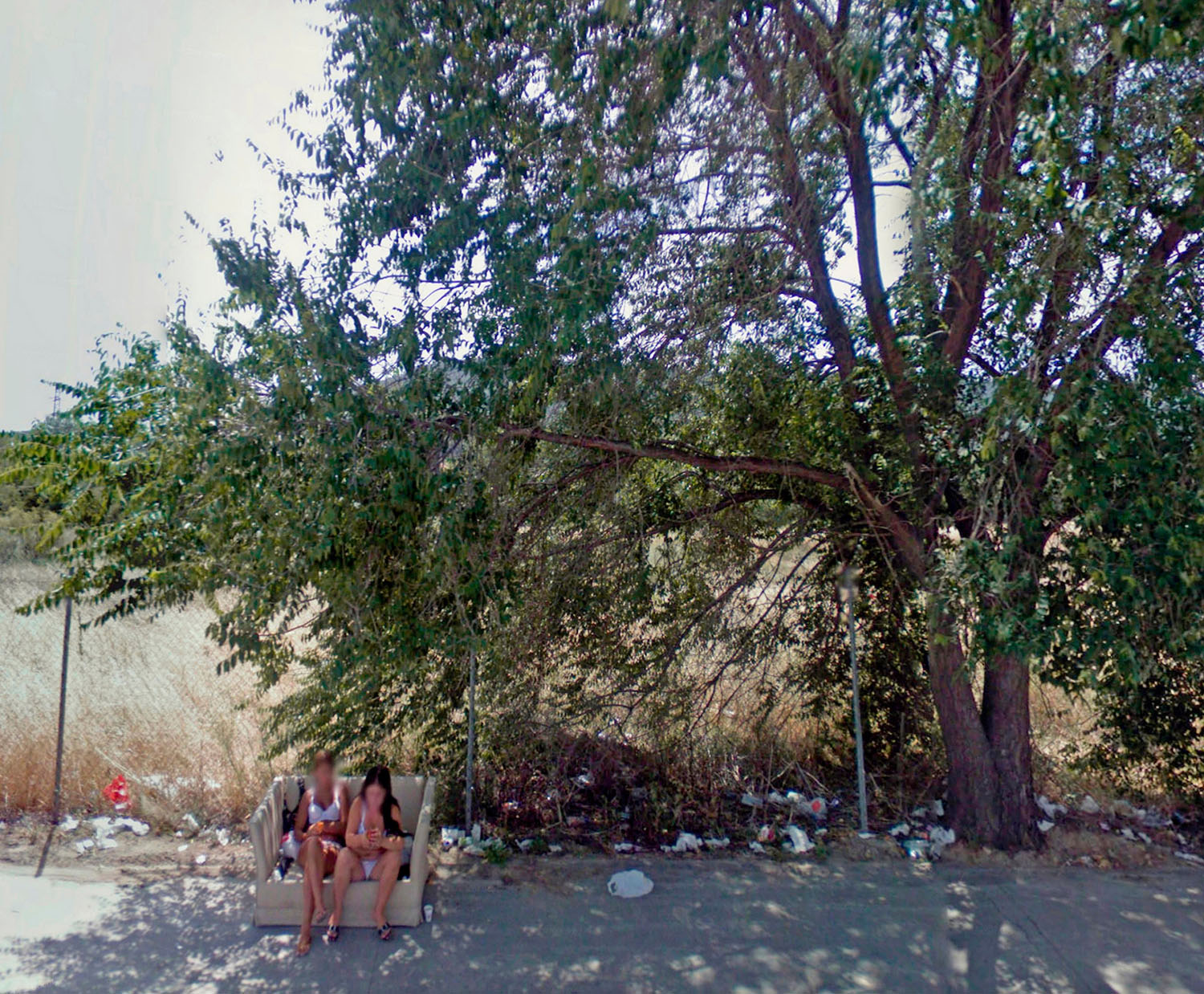
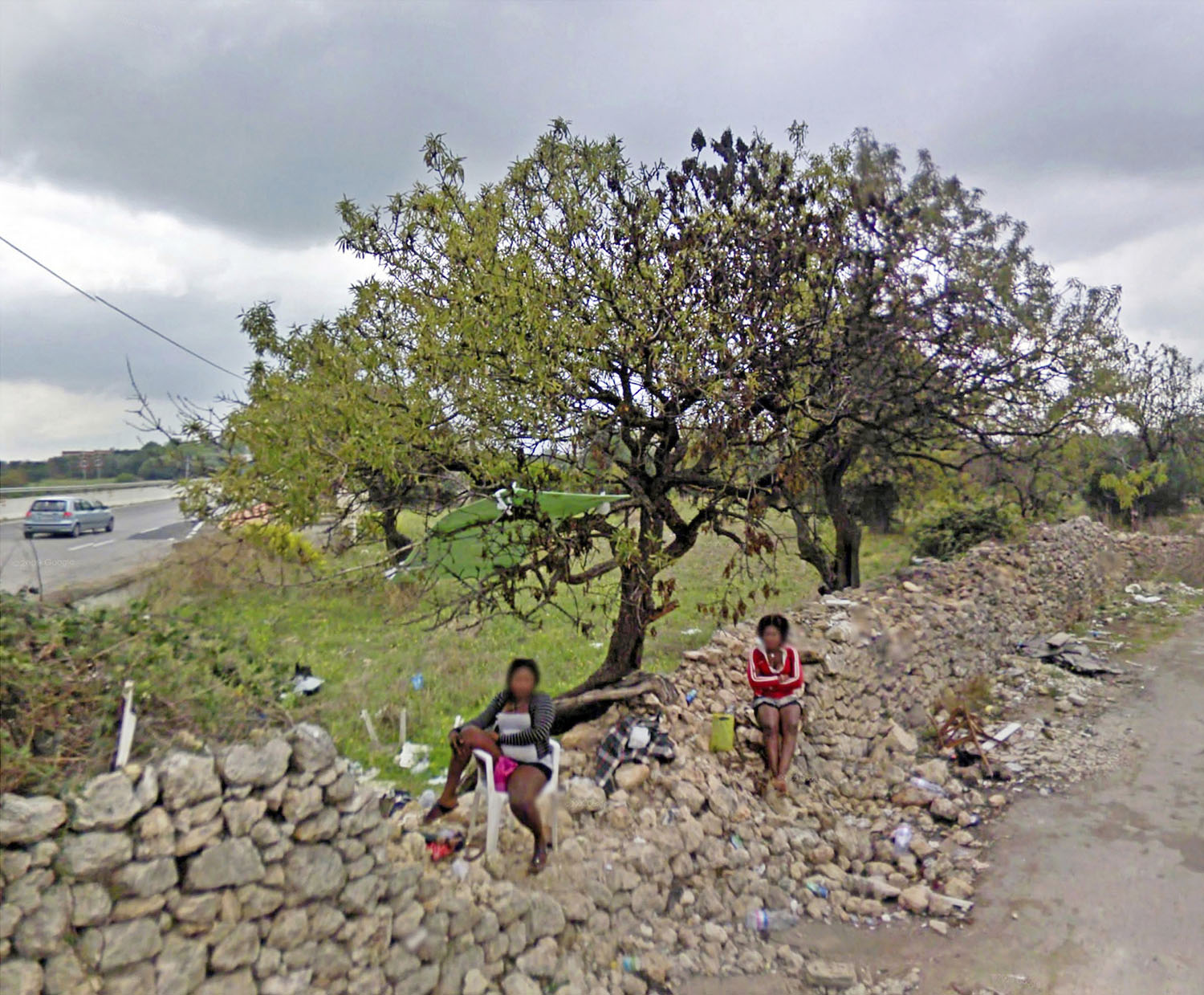
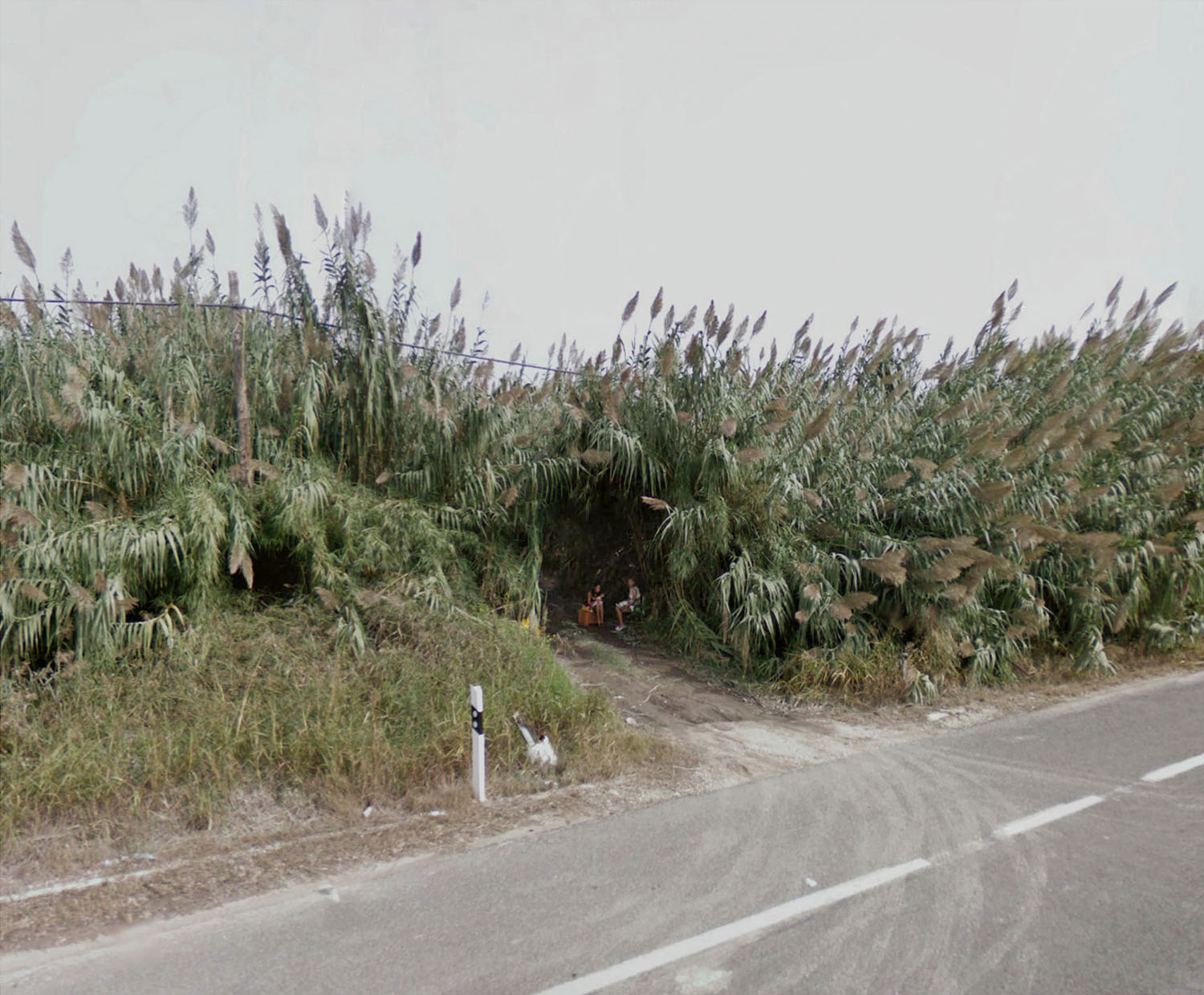
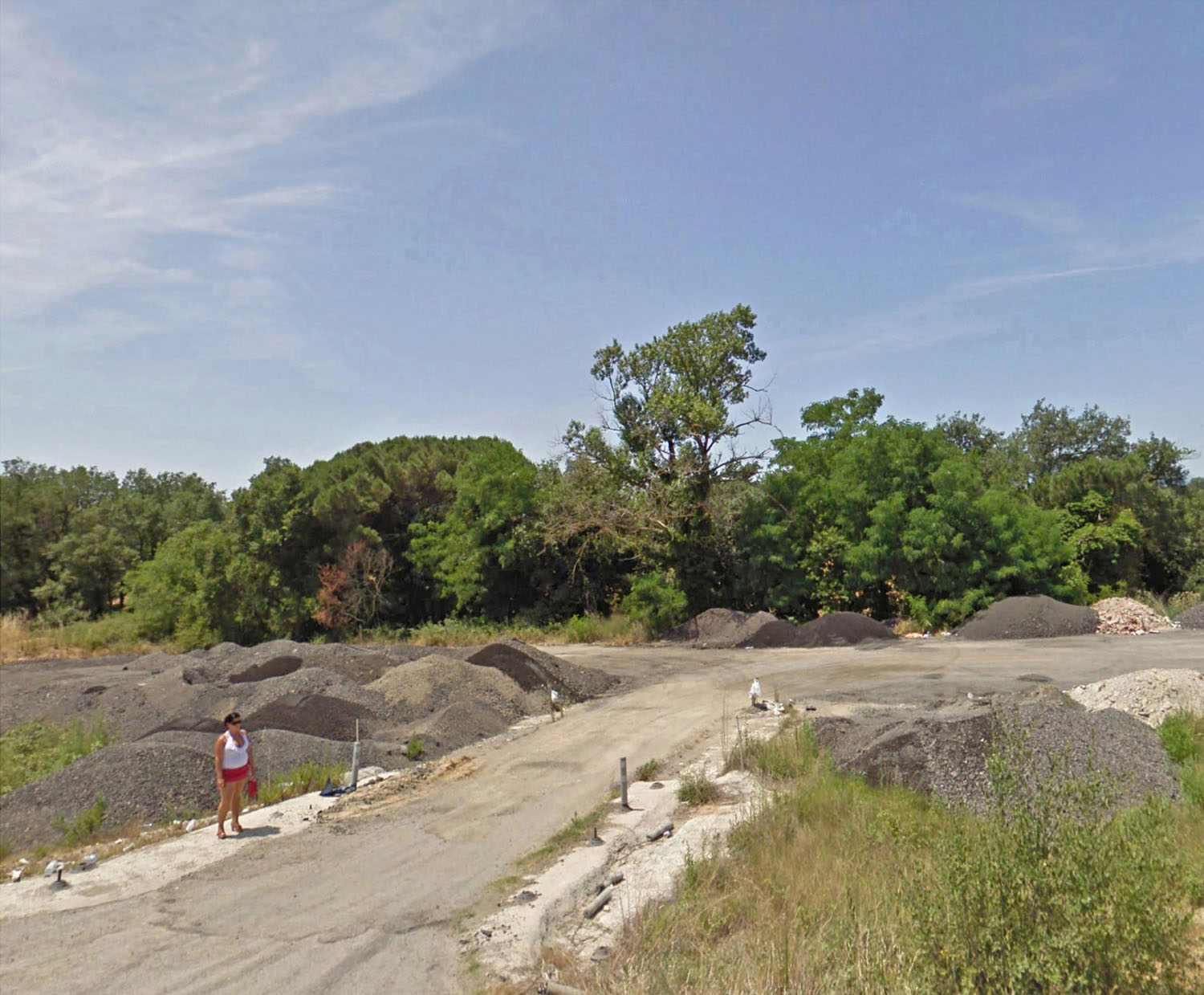
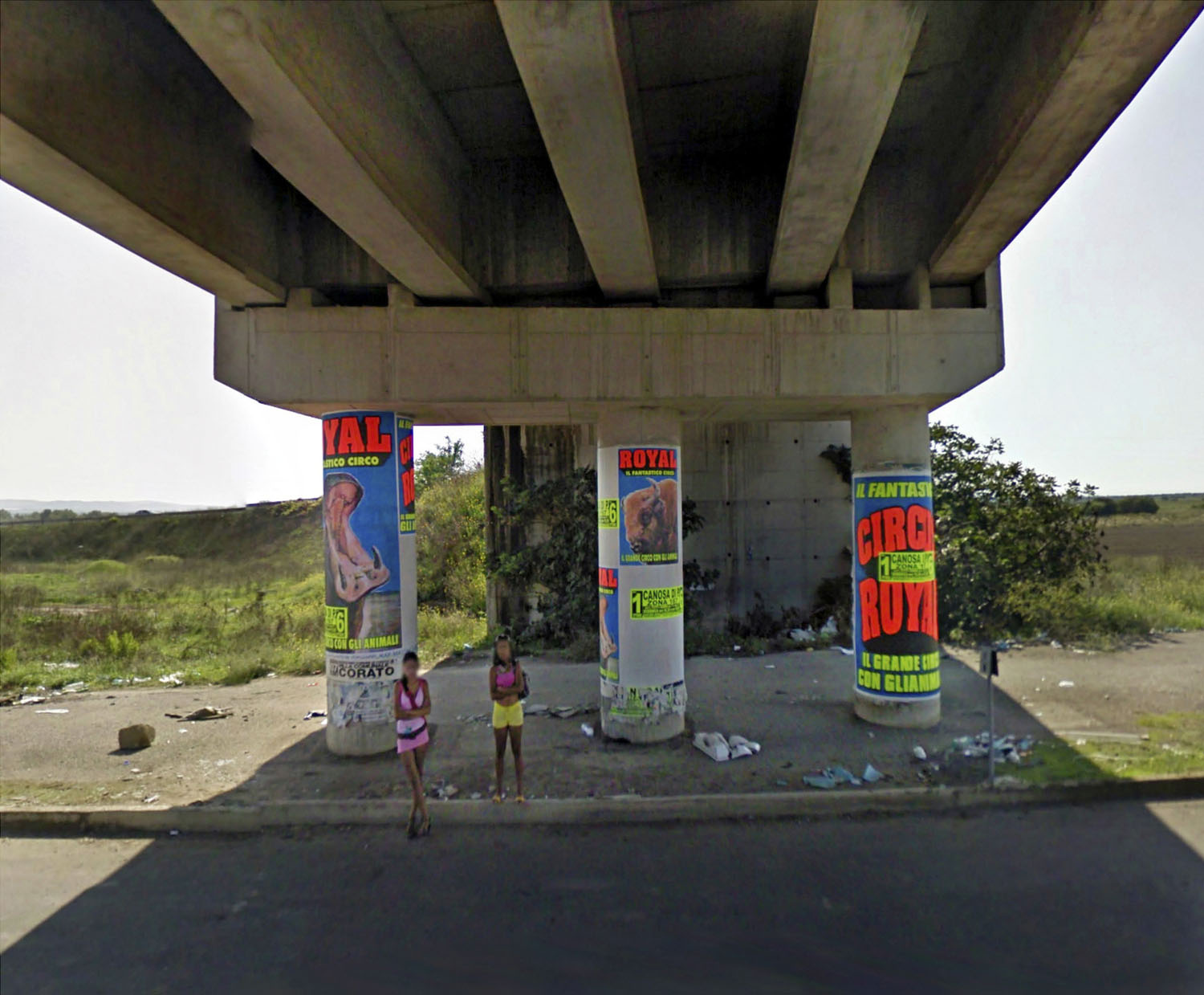
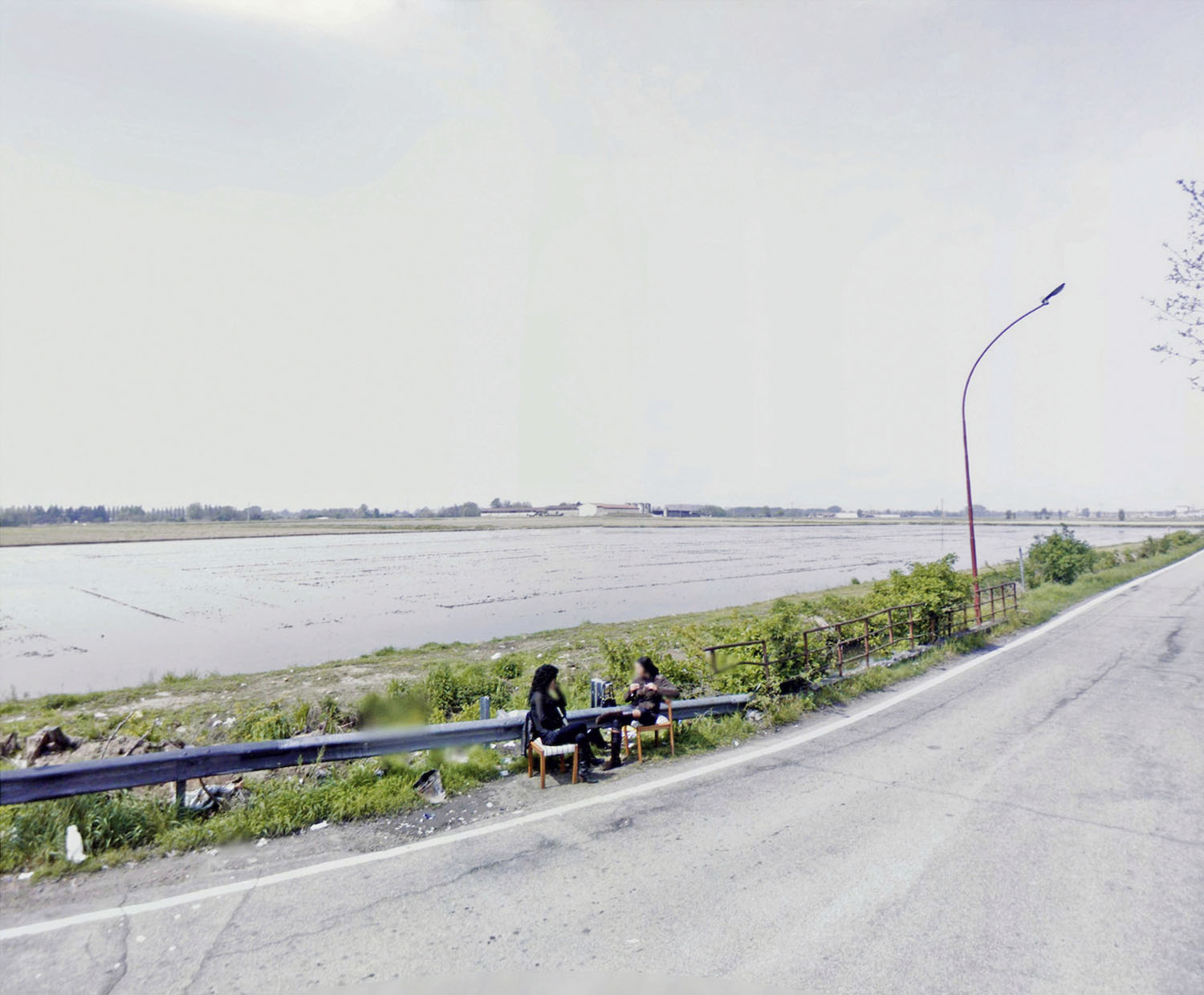
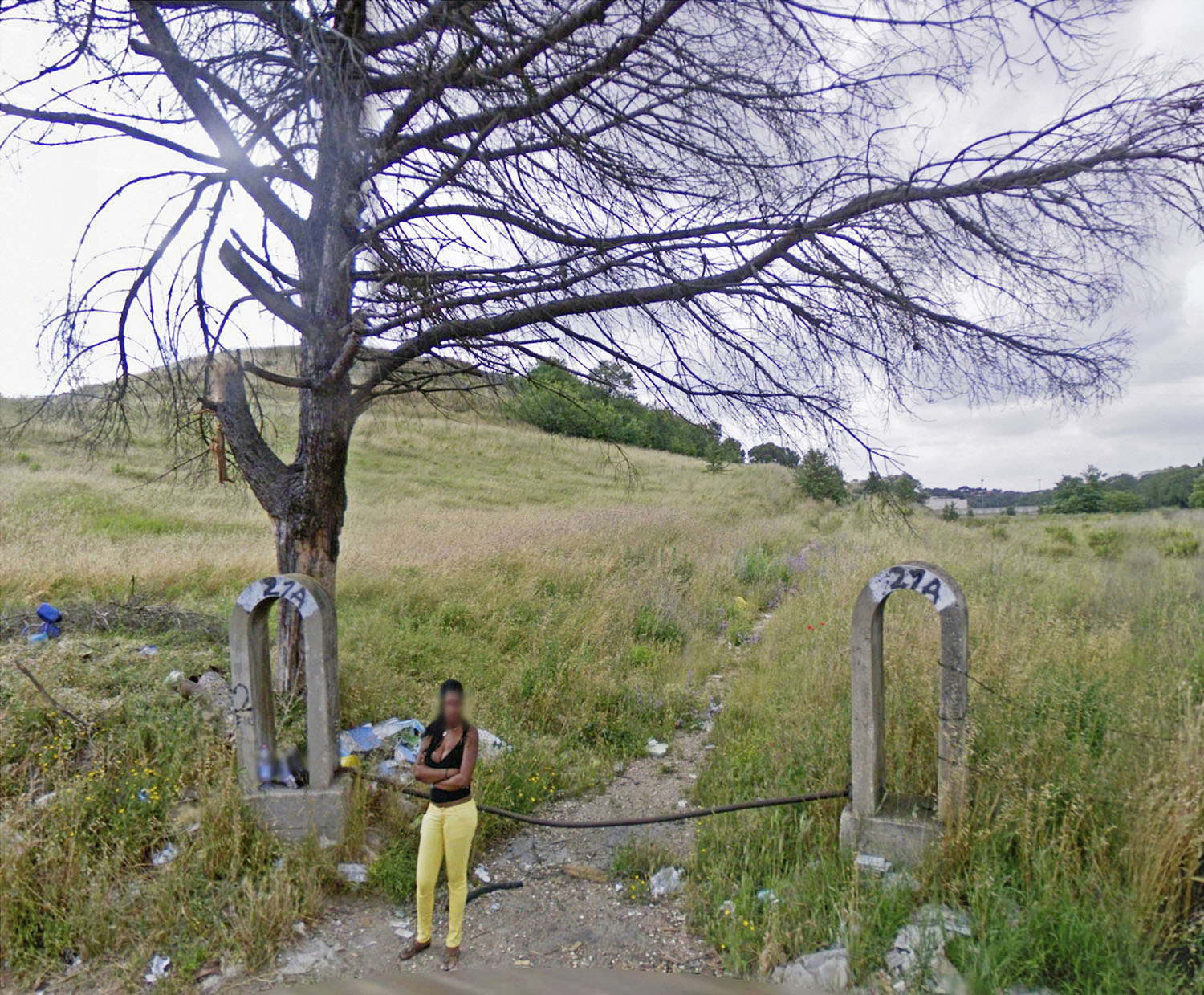
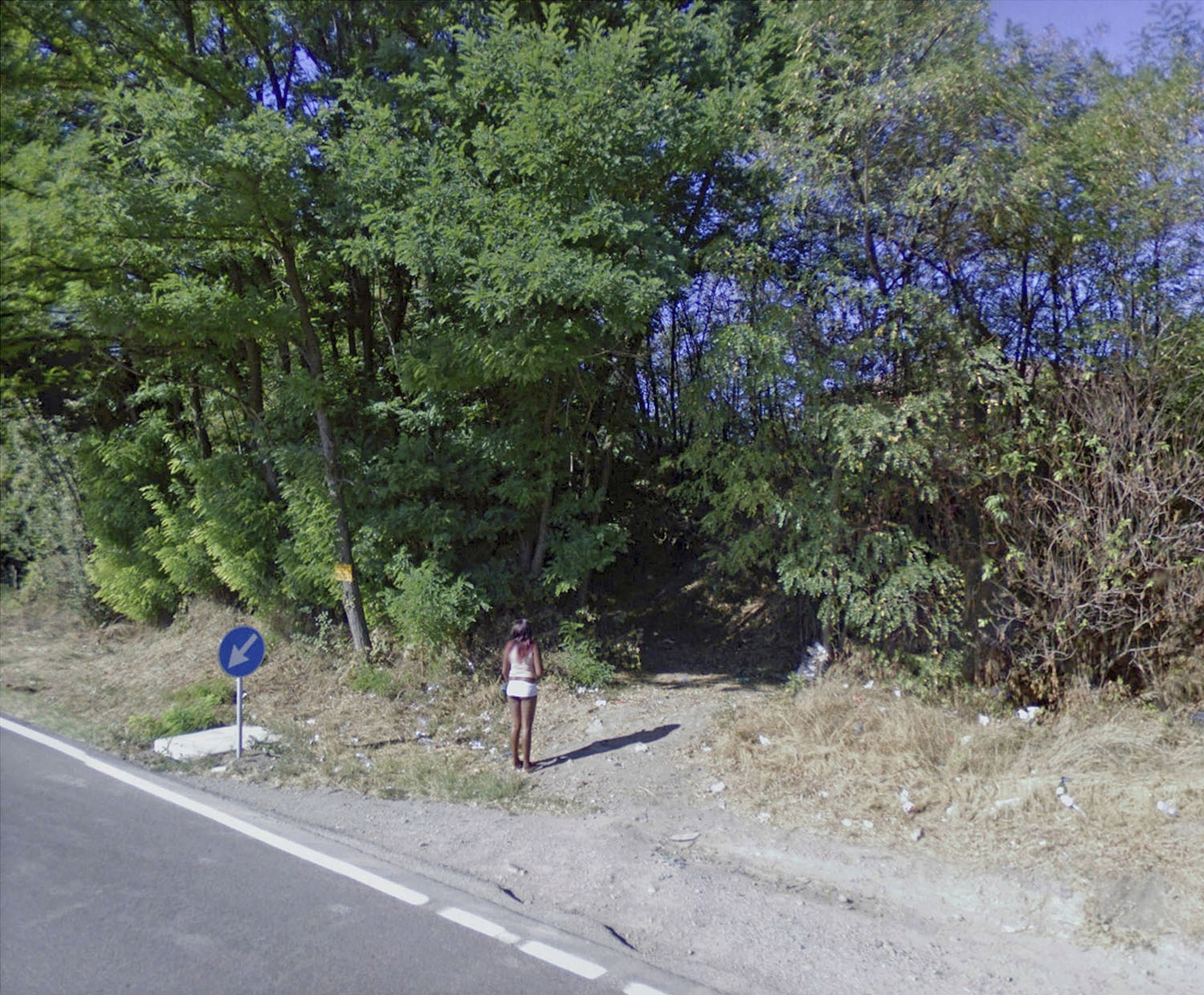
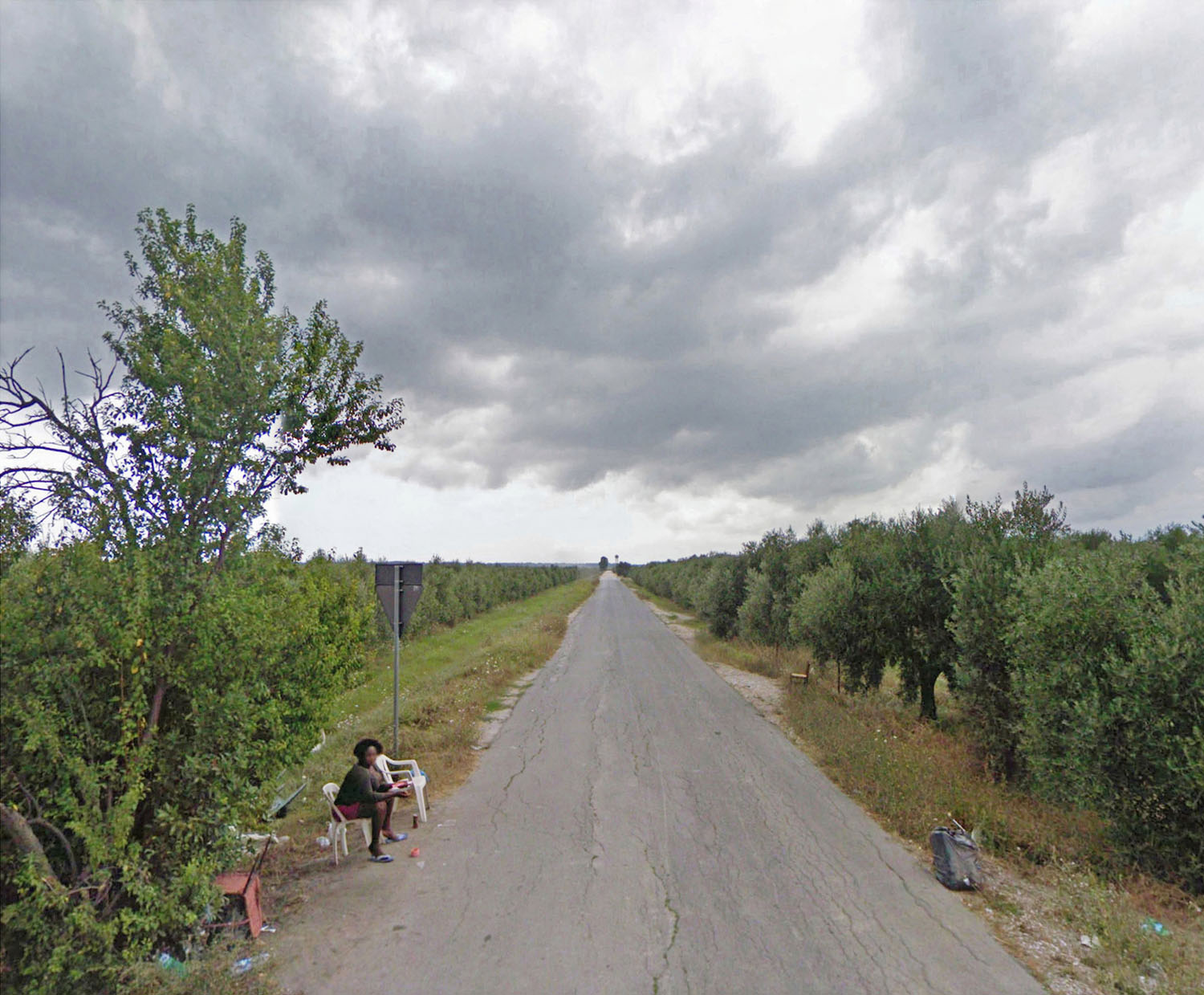
No Man’s Land (A Road Movie)
No Man’s Land (A Road Movie), Single-channel video, 06:48 mins
Audio track
Volumes I & II
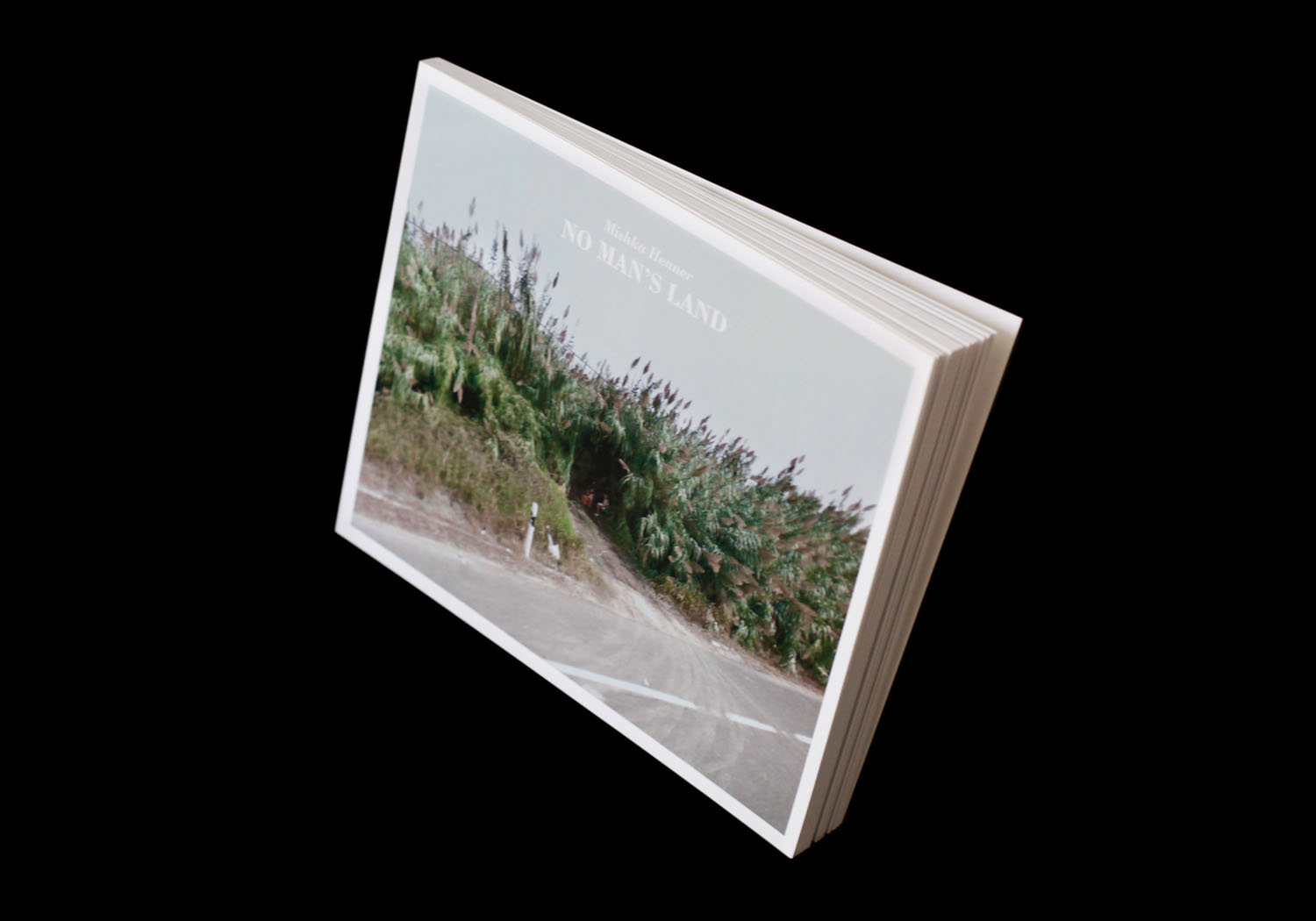
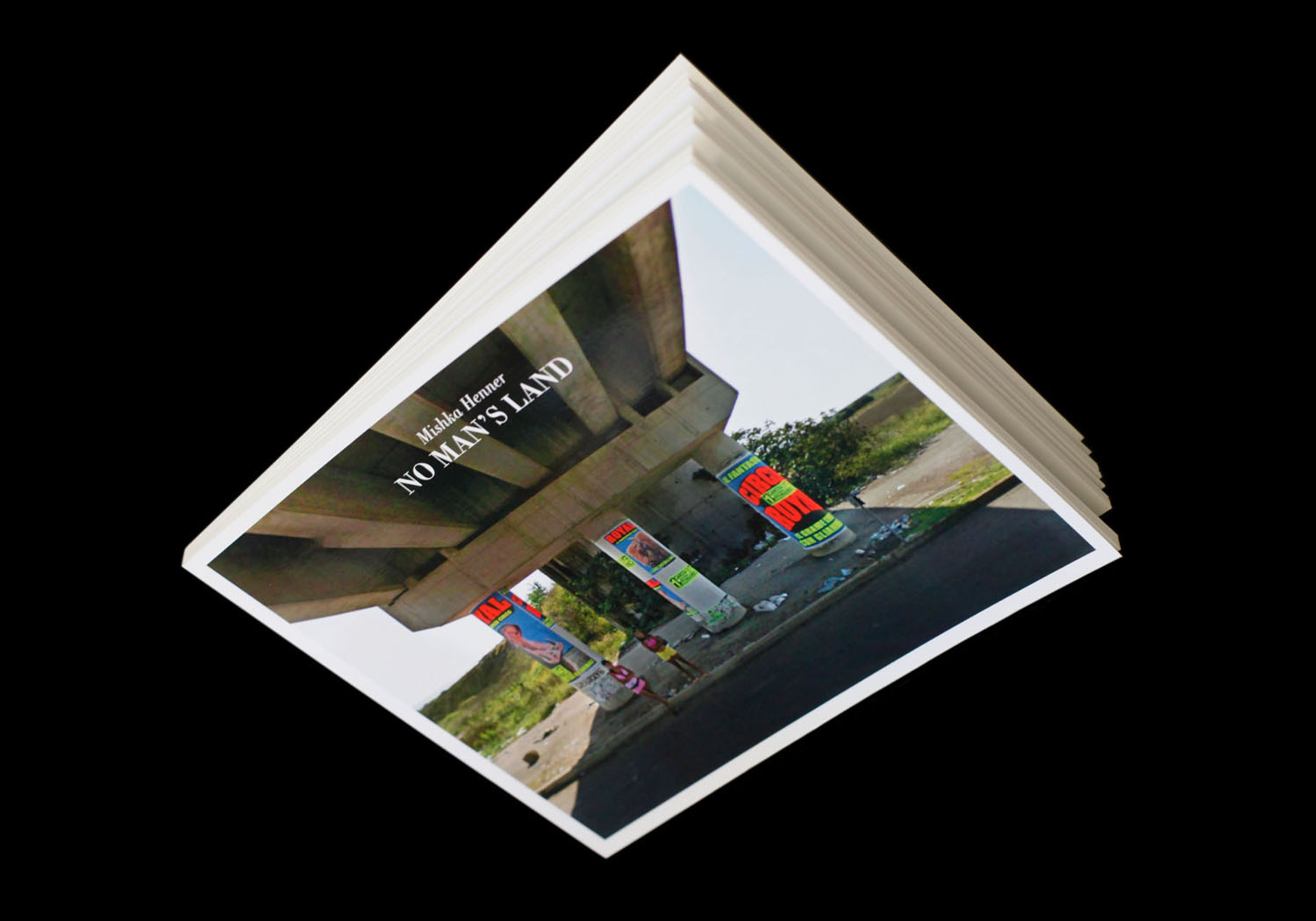
Installations
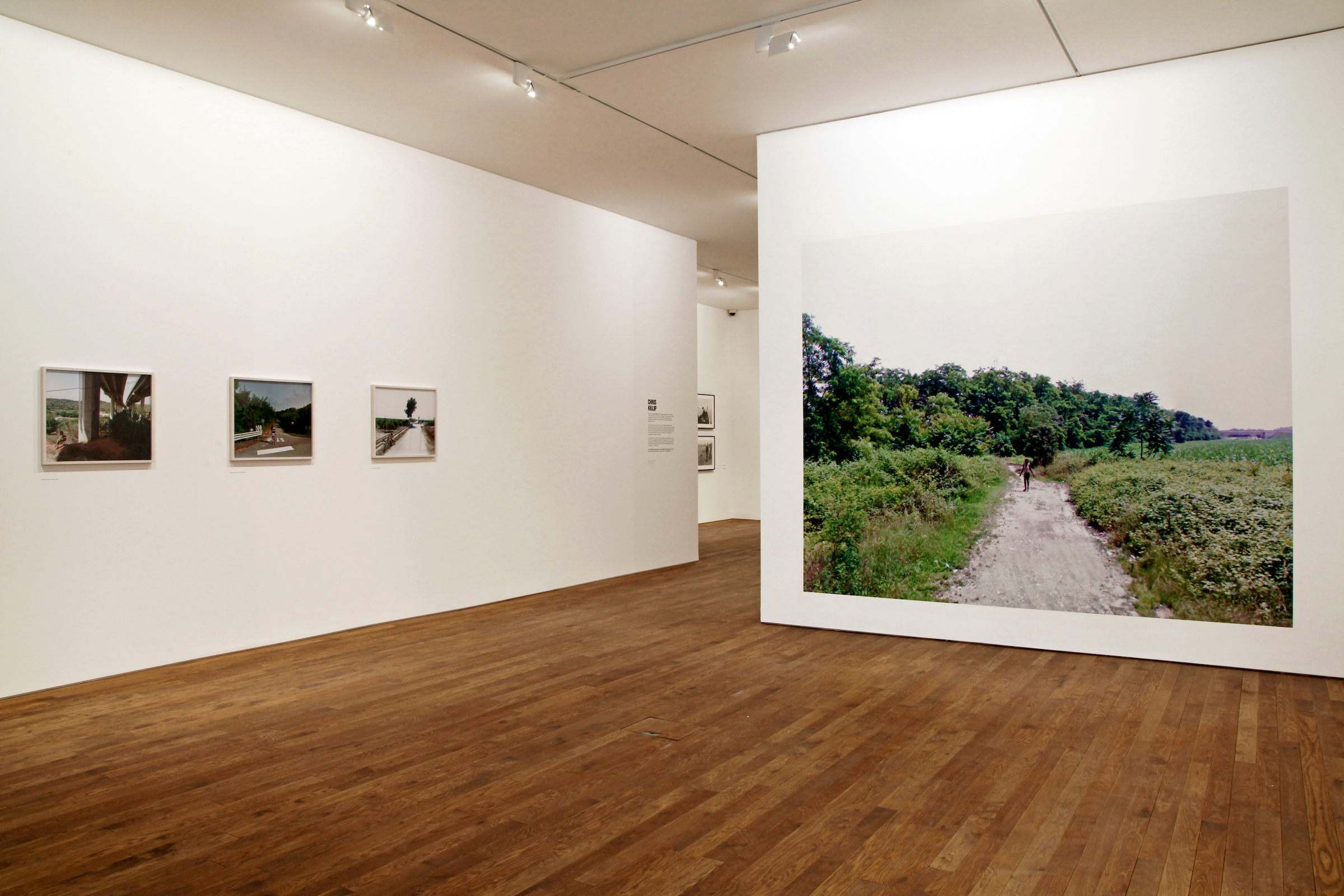

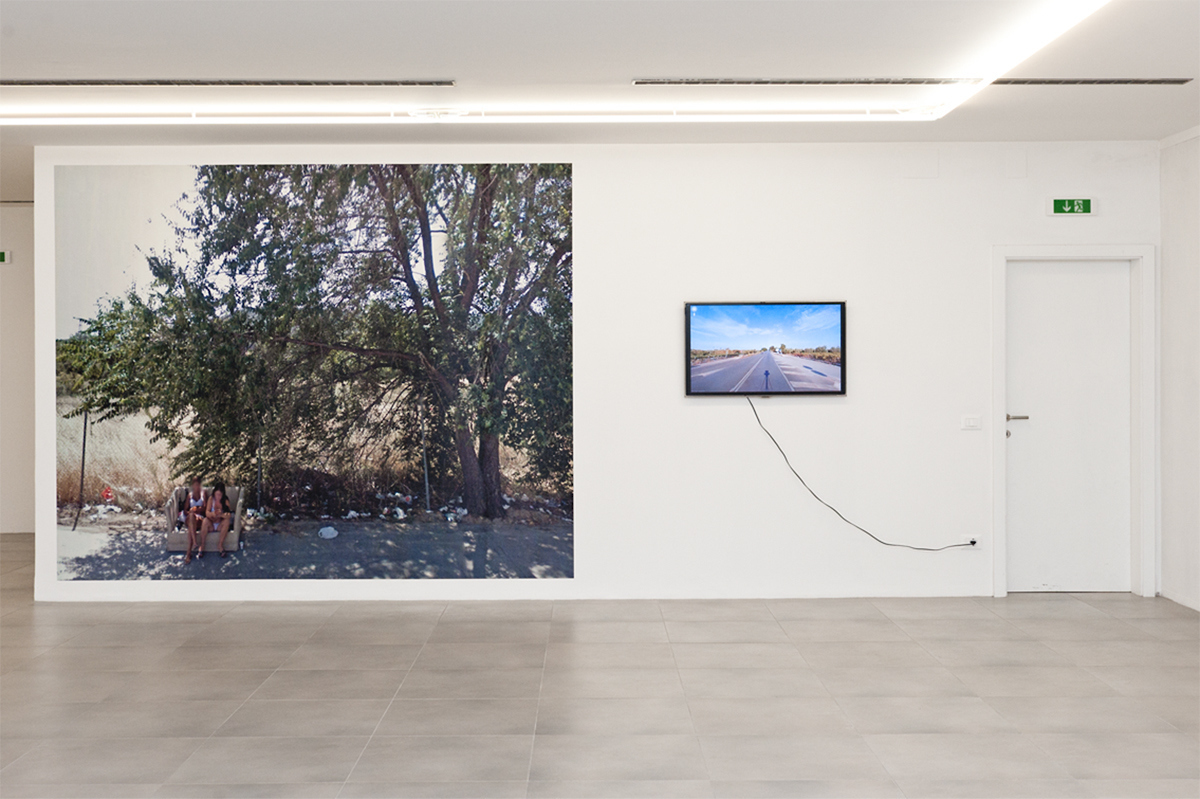
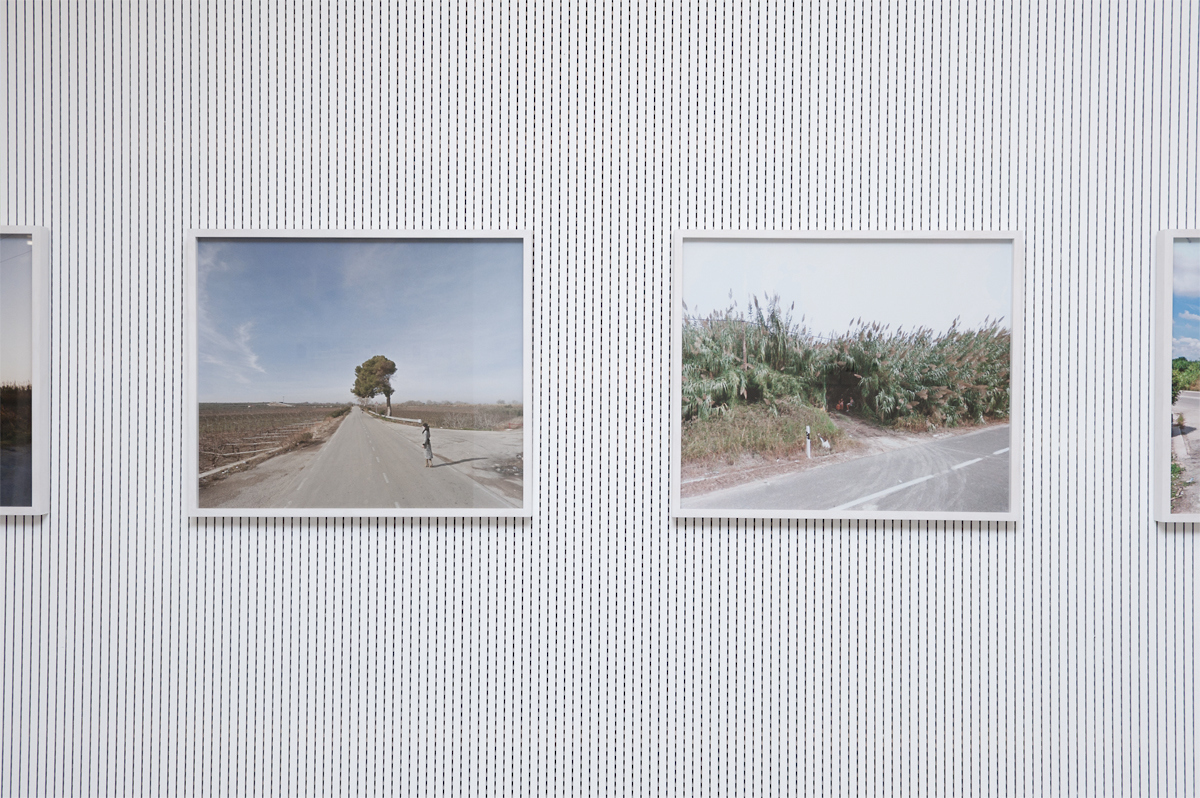
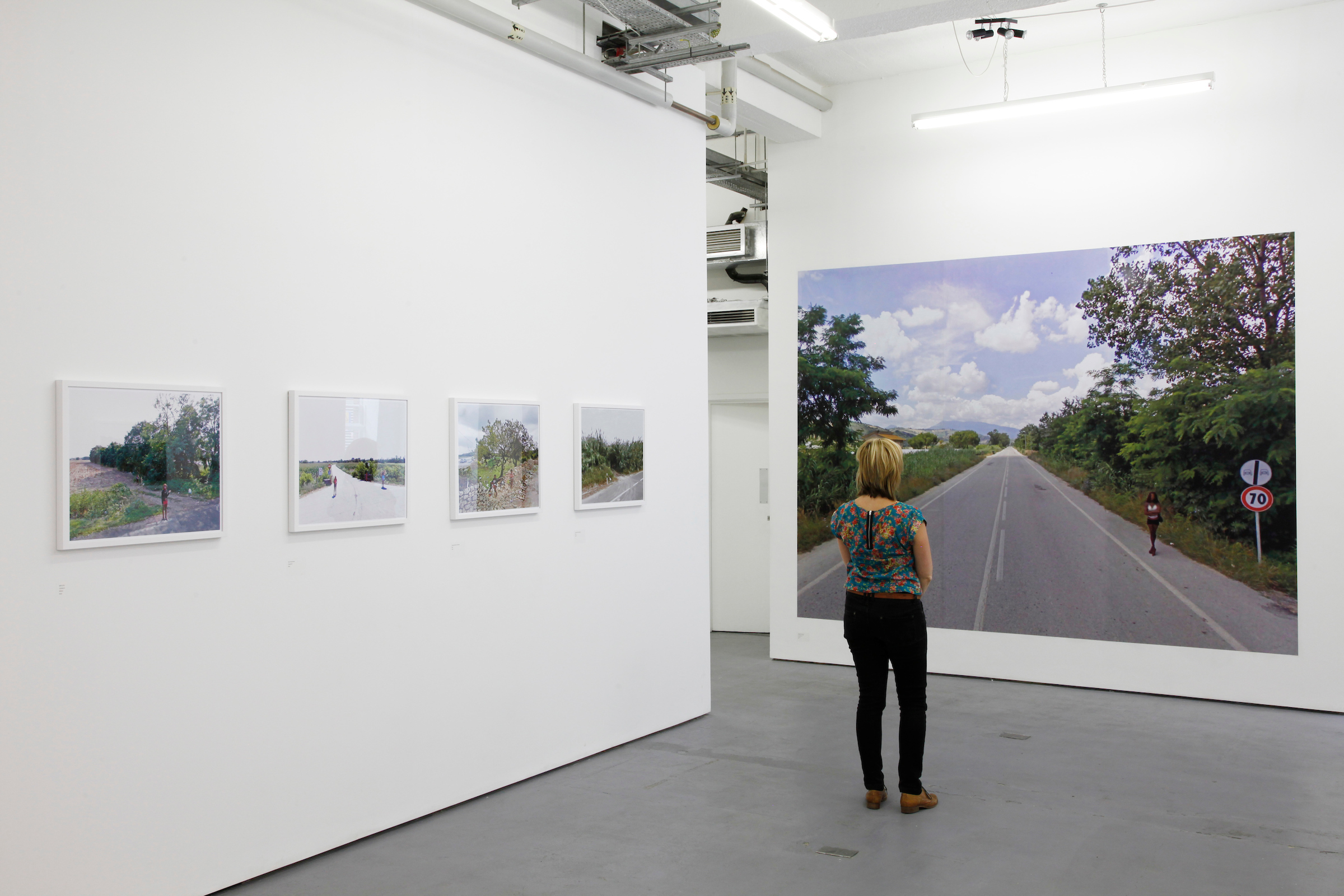
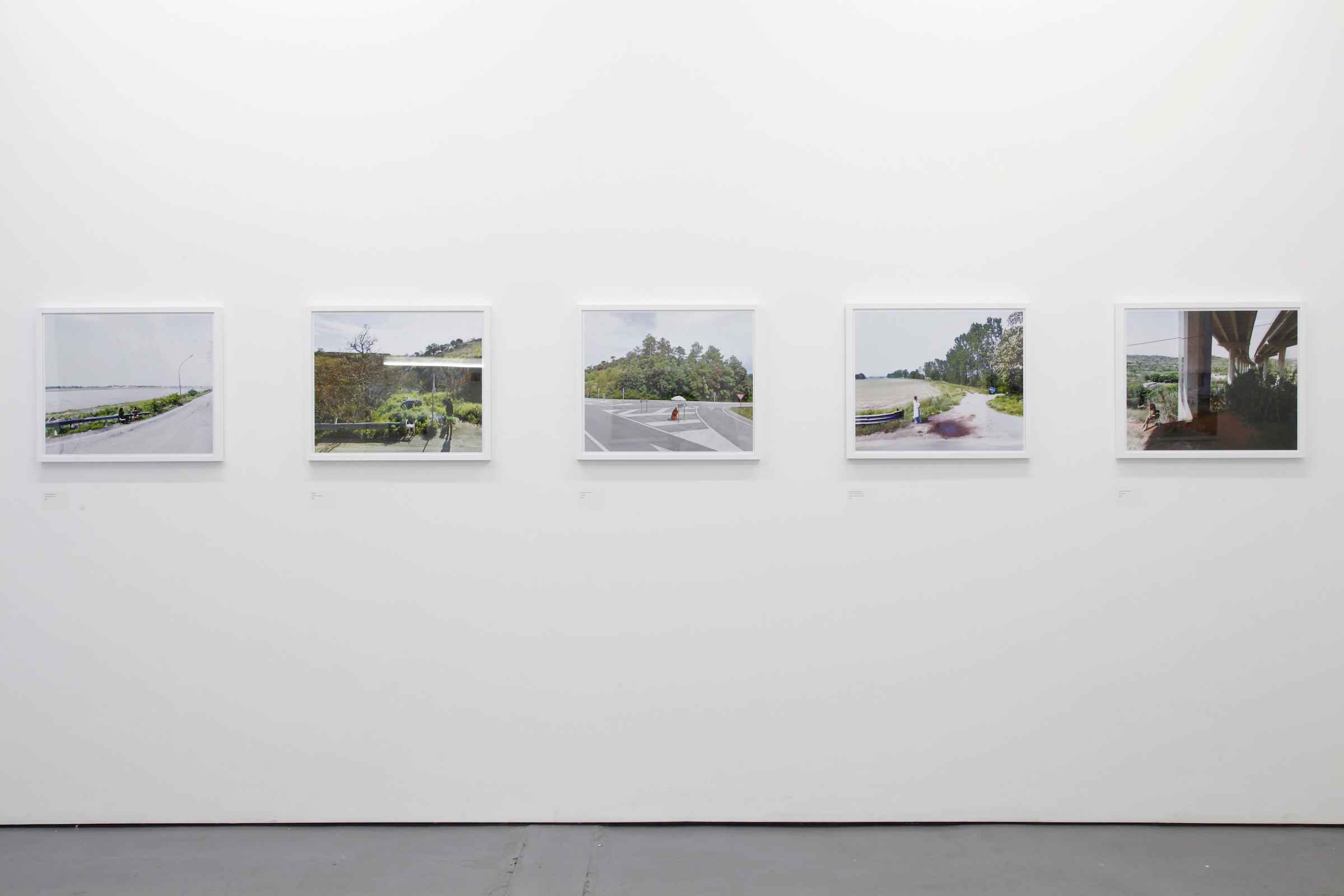
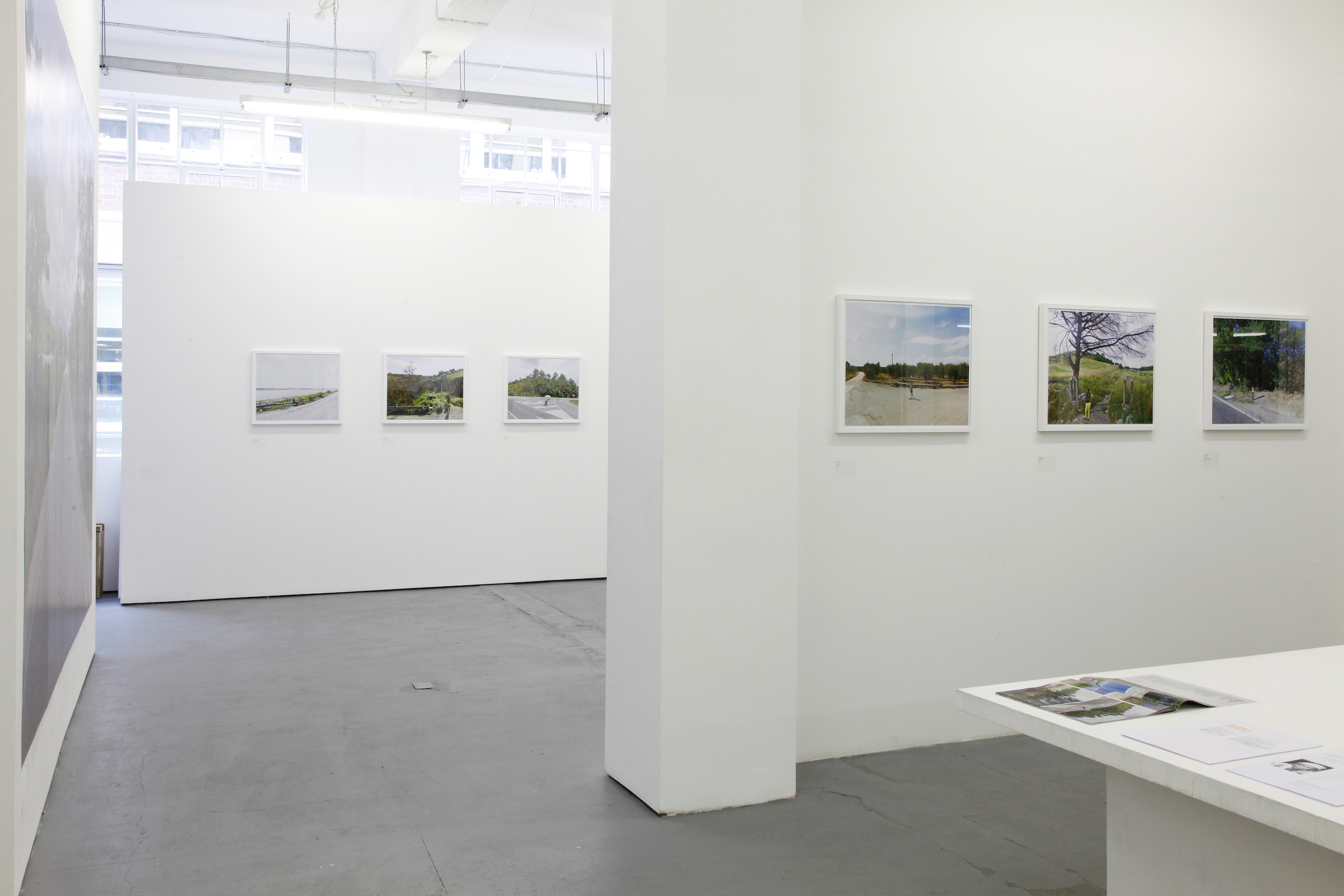
Photographers Gallery, London
•
Foto Forum, Bolzano
•
Hotshoe Gallery, London
•
Pinakotek der Moderne, Munich
Explainer
Mentions
Public Life and the Private Screen: Mishka Henner’s No Man’s Land, Kate Albers, Circulation Exchange
A Coversation with Mishka Henner, Pete Brook, Prison Photography
Courting Dissolution, Michael Lent, Transcript Verlag
Do you really call this art? Mail Online
No Man’s Land, Daniel Jewsbury, Source
Mishka Henner and the Boundaries of Photography, Marco Bohr, Photomonitor
Mishka Henner Uses Google Earth as Muse, Philip Gefter, New York Times
Mishka Henner Q&A, Telegraph